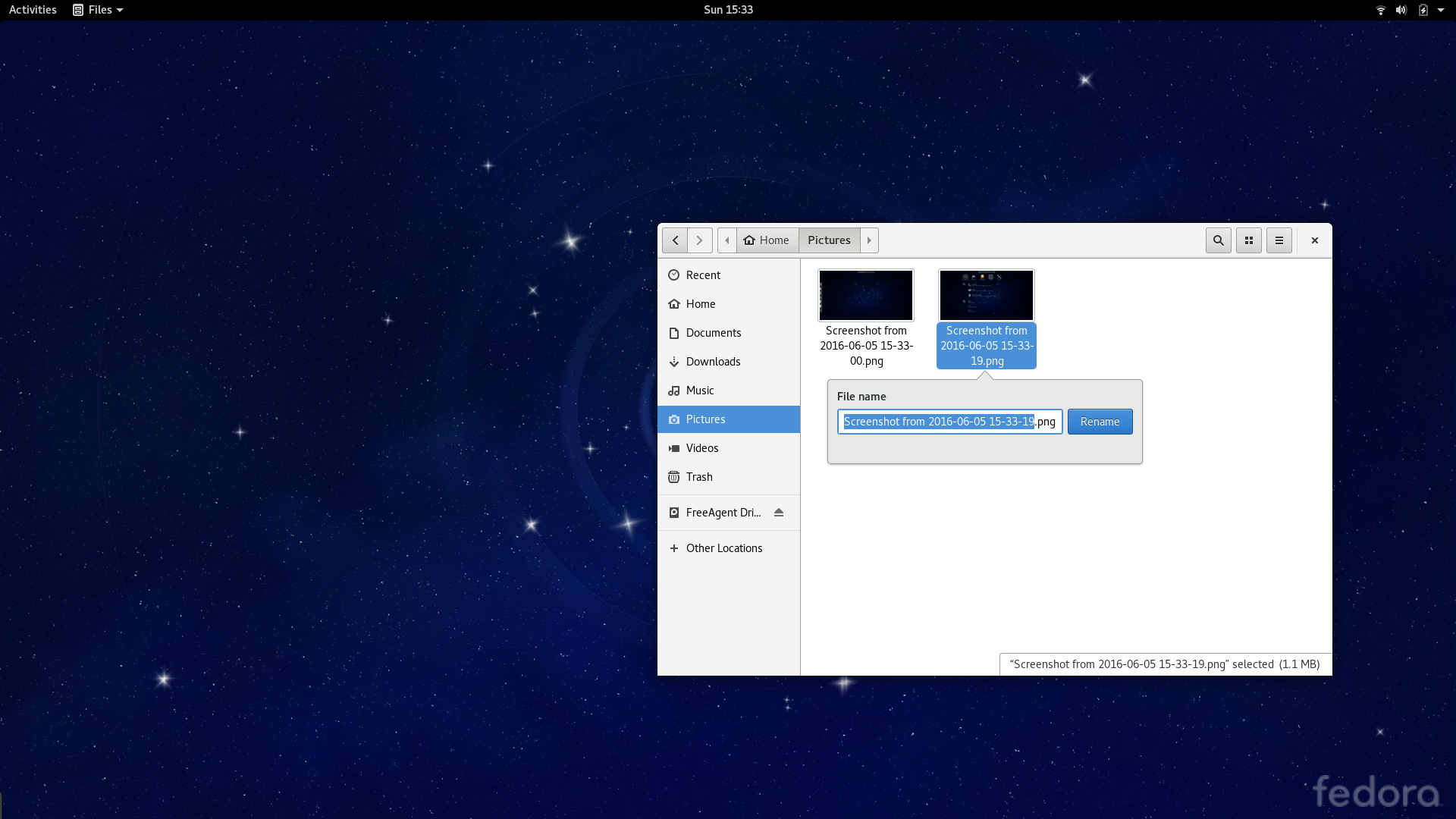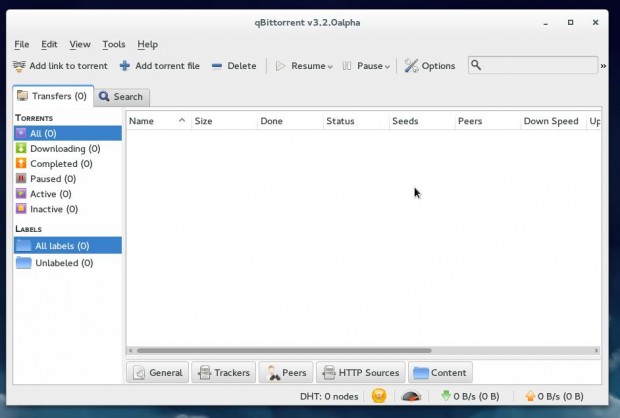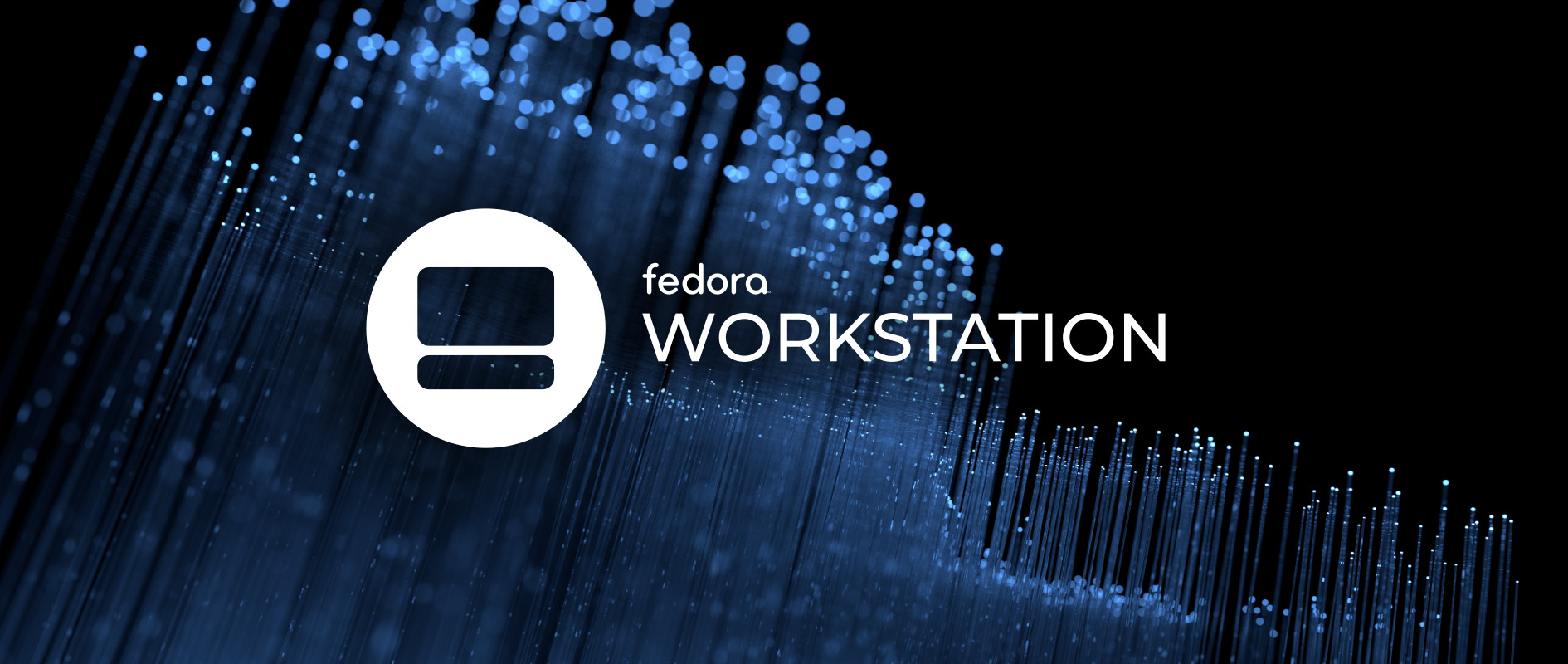
- #FEDORA WORKSTATION TORRENT HOW TO#
- #FEDORA WORKSTATION TORRENT INSTALL#
- #FEDORA WORKSTATION TORRENT UPGRADE#
- #FEDORA WORKSTATION TORRENT SOFTWARE#
- #FEDORA WORKSTATION TORRENT PASSWORD#
QBittorrent 4.1.2, free and reliable p2p bittorrent client, was released a few days ago with some new features, various bug-fixes and other improvements. To remove the bittorrent client, either use your system package manager or run command: sudo apt-get remove -autoremove qbittorrent
#FEDORA WORKSTATION TORRENT SOFTWARE#
To remove qBittorrent PPA, go to Software & Updates -> Other Software, or run command in terminal: sudo add-apt-repository -remove ppa:qbittorrent-team/qbittorrent-stable
#FEDORA WORKSTATION TORRENT INSTALL#
Or run commands below to install /upgrade it from terminal: sudo apt update & sudo apt install qbittorrent Uninstall:
#FEDORA WORKSTATION TORRENT UPGRADE#
To upgrade from a previous release, launch Software Updater and you’ll see qBittorrent available for upgrade after checking for updates.

#FEDORA WORKSTATION TORRENT PASSWORD#
Type in your password (no visual feedback while typing due to security reason) when it prompts and hit Enter to continue.Ģ. When it opens, run: sudo add-apt-repository ppa:qbittorrent-team/qbittorrent-stable To add the PPA, open terminal either via Ctrl+Alt+T or searching “Terminal” from app launcher. The official qBittorrent PPA maintains qBittorrent binary packages for Ubuntu 16.04, Ubuntu 18.04, and derivatives.ġ.
#FEDORA WORKSTATION TORRENT HOW TO#
How to Install qBittorrent 4.1.2 in Ubuntu: Add regex option in the search filter’s context menu.Set “enter” as shortcut to download the selected torrents in search job.Refactor in searchjob to always color visited entries.Fix values sorted wrong in “Last Activity” column.Correctly save torrent queue position/state/priority changes in fastresume.Don’t disable DHT when using force proxy.When file data are unreachable pause torrent and show “Missing Files” status.Save option about tracker favicons under correct key.Allow setting seq & first/last from context menu without metadata.Preselect name without extension when renaming files.The third bug-fix release for qBittorrent 4.1 was released a day ago with new features, some bug-fixes, web UI and search improvements. To remove Deluge torrent client, run command in terminal: sudo apt remove -autoremove deluge To uninstall Deluge PPA, open Software & Updates -> Other Software tab and remove the repository line. Or run command in terminal to install or upgrade Deluge: sudo apt install deluge Uninstall: If a previous release was installed, upgrade it via Software Updater: Type user password (no asterisk feedback) when it prompts and hit Enter to continue.Ģ. Run command to add the PPA: sudo add-apt-repository ppa:deluge-team/stable

Open terminal either via Ctrl+Alt+T keyboard shortcut or by searching for ‘terminal’ from application menu.


Here’s how to install it in Ubuntu 18.04, Ubuntu 18.10, Ubuntu 19.04.ĭeluge 2.0 was released with following exciting new features: To uninstall the app, simply run command in a terminal window: flatpak uninstall -delete-data de.haeckerfelix.Fragmentsĭeluge bittorrent client 2.0 was released a few days ago. Once installed, search for and open it from ‘Activities’ overview and enjoy! How to remove Fragments BitTorrent Client: For those want to try out the 2.0 Beta with newest features, run command below instead: flatpak install The last command will install the latest stable release. When it opens, run following commands one by one:ġ.) Install Flatpak framework if you don’t have it installed via command: sudo apt install flatpakĢ.) Add flathub, the main repository hosts a large list of flatpak packages: flatpak remote-add -if-not-exists flathub ģ.) Finally install the BitTorrent client via command: flatpak install flathub de.haeckerfelix.Fragments Open terminal by searching from ‘Activities’ overview screen. The software is available as Flatpak package. How to Install Fragments in Ubuntu & other Linux: A little server icon appears in header-bar, allows to switch between local and remote sessions.Īs well, it displays statistics about current session, such as overall network usage, and allows to select encryption type and toggle dark mode, and more. Once connected, the header-bar turns purple and it displays ‘ Remote Control “Name”‘ as subtitle indicates that you’re in control of the remote session.


 0 kommentar(er)
0 kommentar(er)
